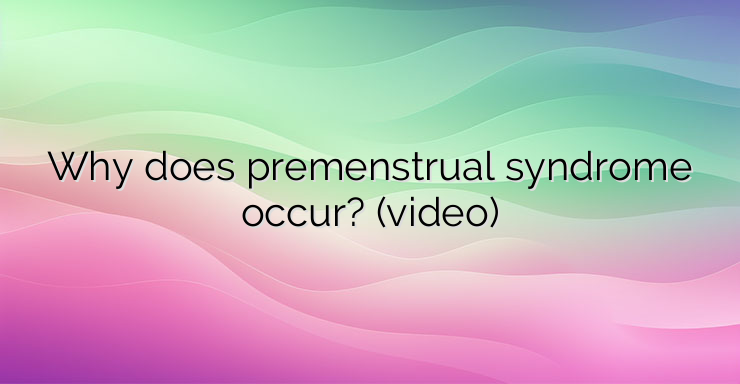Every month, the female organism goes through a complex transformation known as the “menstrual cycle”. It all starts in the ovaries, each of which contains over 100,000 eggs. Each month, one egg is released, which takes about three days to reach the uterus. When it reaches that point, a “coating” is formed in it, which is rich in nutrients and everything necessary for the new life. Under the right circumstances, the egg is fertilized by a sperm and thus pregnancy begins. Before that, the ovaries increase the production of the hormones estrogen and progesterone, which support the special “coating” in the uterus. They also enter the blood and reach the brain, where they are thought to inhibit other chemicals in the brain, the neurotransmitters. This is where the symptoms of premenstrual syndrome (PMS) originate. PMS occurs one to two weeks before the actual menstrual bleeding. It is mainly due to the peak in estrogen and progesterone levels during the growth of the uterine lining. NEWS_MORE_BOX Between 50% and 80% of women experience mental or physical symptoms of PMS to some degree. PMS can include psychological symptoms such as mood swings, anger, irritability, crying. Among the physical symptoms are: stomach pain, sleep disturbances, nausea.


Leave a Reply